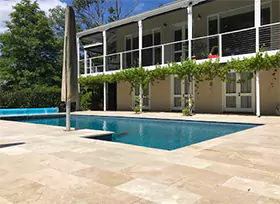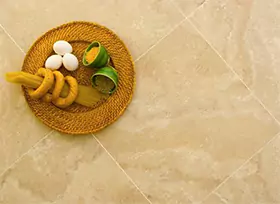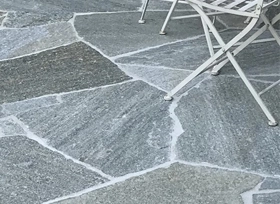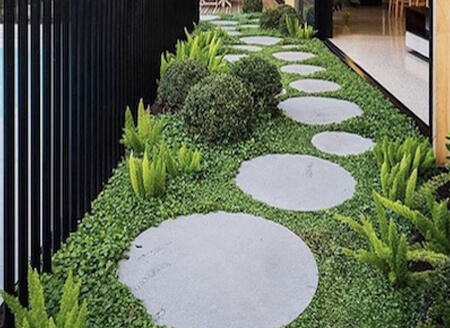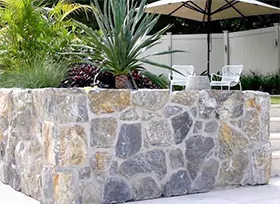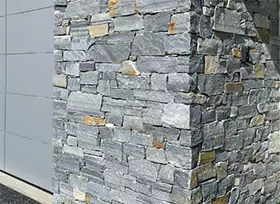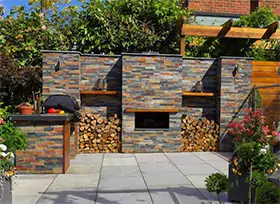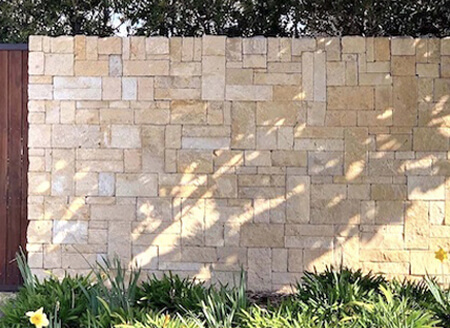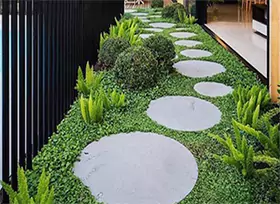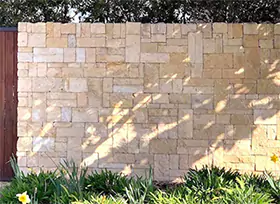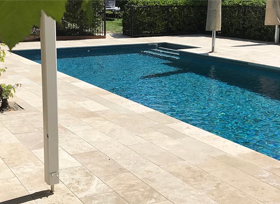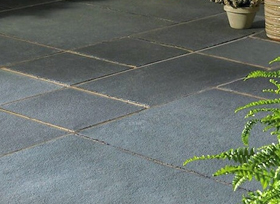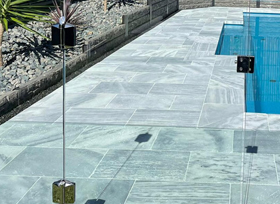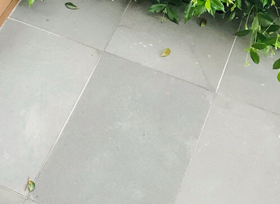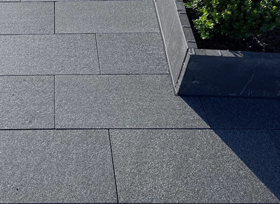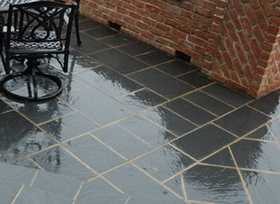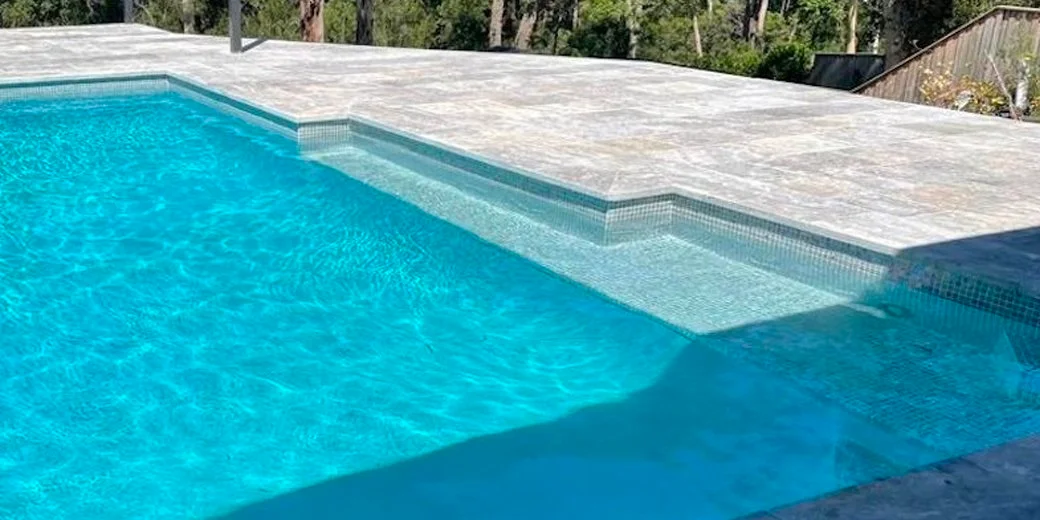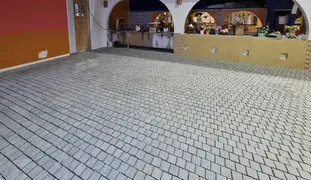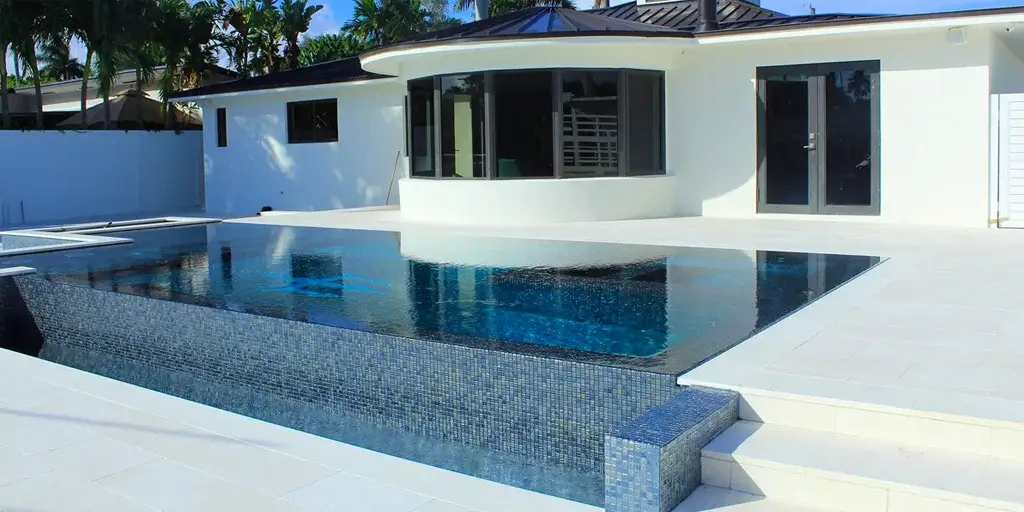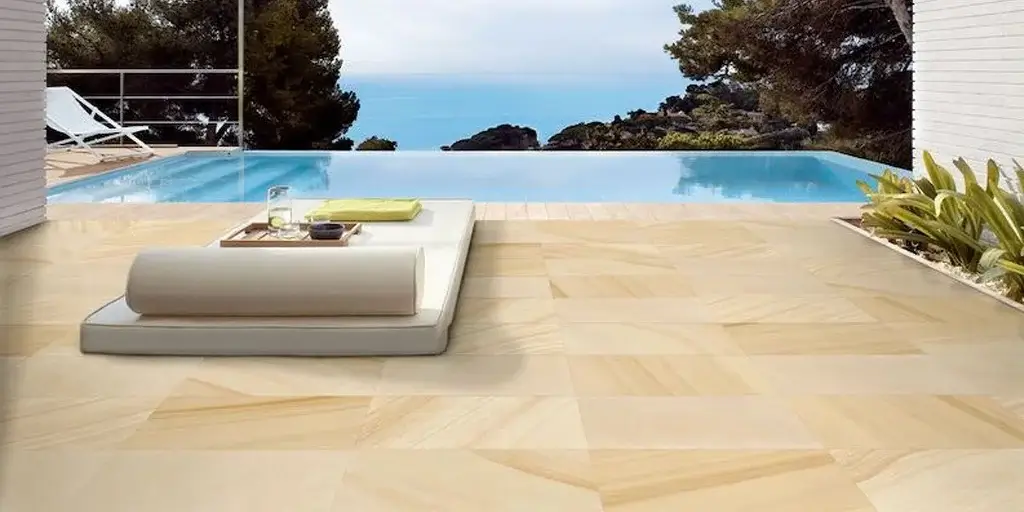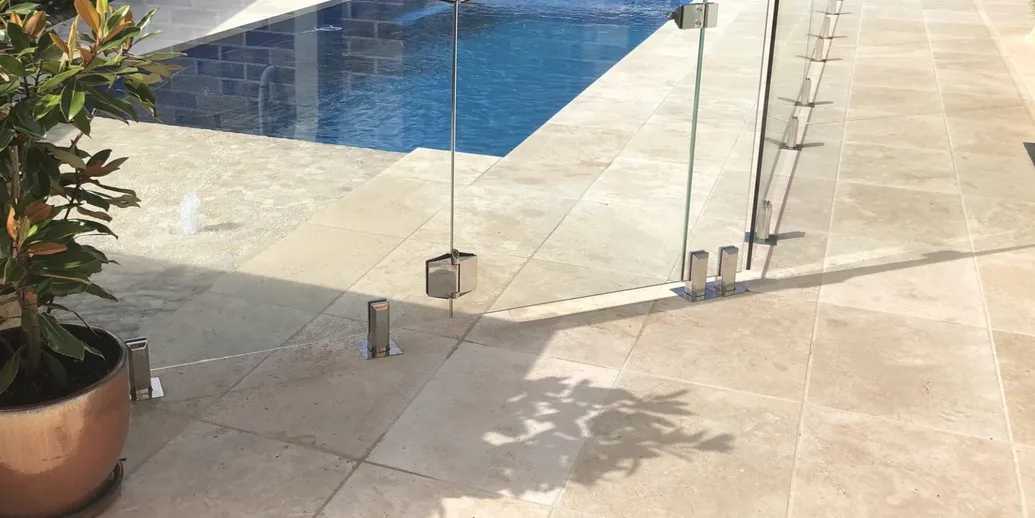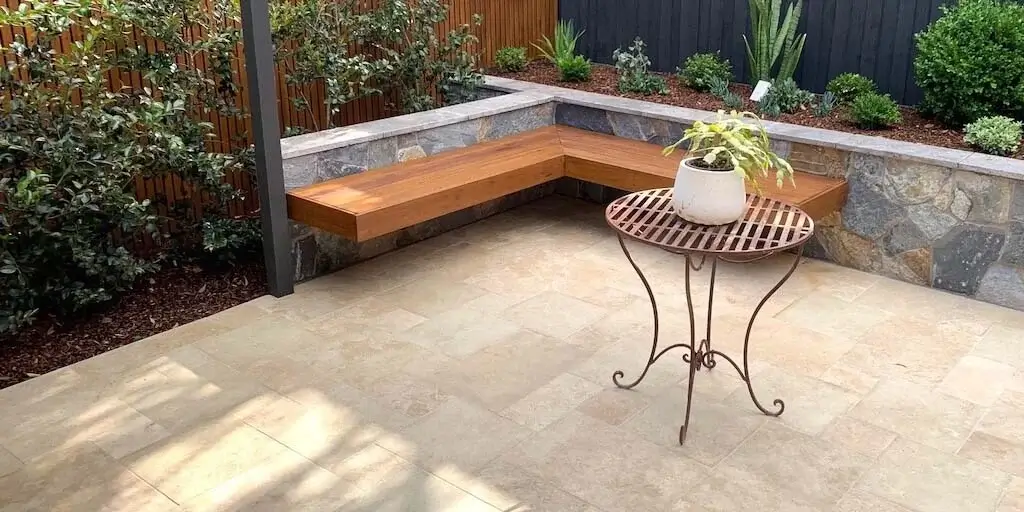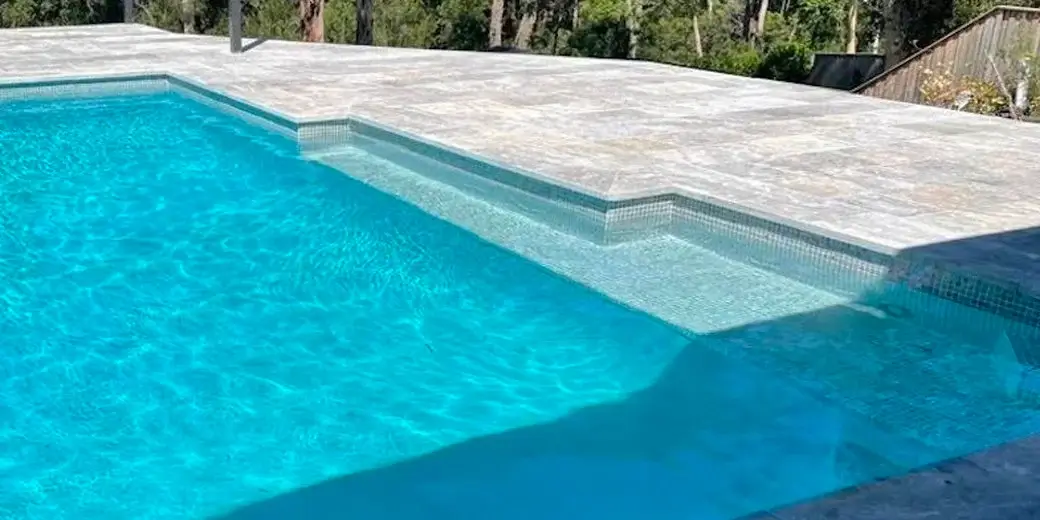Who doesn’t like lounging by the pool and diving to cool off? We all do. But building a pool that would be perfect for your outdoor space can be a little tricky.
Answering the following questions makes it easy:
- What size pool do you want?
- Should you get an in-ground pool or a semi-in-ground pool?
- Which materials should be used?
- Which is better for the pool’s interior: tiles or liner?
The selection of tile coping for swimming pools is critical from a safety and maintenance and an aesthetic standpoint: it will give the desired look to your outside space. Confused? Let us make it easier for you by making you understand the nitty-gritty of tile coping for a swimming pool.
What is pool coping?
The type of pool coping you require is one of the most important factors to consider when building or renovating a swimming pool. Pool coping is the material that runs along the edge of the pool and contributes to the overall appearance of the paved area and landscaping. The right tile coping for swimming pools is available in various natural stone options, including different textures, finishes and edges. This blog post offers some quick tips to help you choose between the available tile coping for swimming pools.
What are the advantages of tile coping for swimming pools?
Pool coping tiles enhance the appearance of your swimming pool. They can be used to either contrast with or match the colour of the pool water. Tile coping for swimming pools also serves as a safety feature because they are made of less slick material. Pool coping tiles of high quality do not heat up underfoot in extreme heat and are resistant to mould, dirt and stains. They are also simple to maintain.
Tile coping for swimming pools has various suitable edges that swimmers can grasp without cutting themselves. When the tile coping for swimming pools is properly installed, water that splashes out of the pool flows away into the drains rather than forming puddles. Pool coping tiles are available in a variety of colours and styles, making it easier to stick to a specific theme for your swimming pool. The right pool coping tiles will reflect your style and personality.
Here are a few things that one must keep in mind while selecting the best tile coping for swimming pools:
- Appearance of the tile
When selecting tile coping for swimming pools, the visual appeal of the natural stone is significant. Granite is an option for blacks and greys. Pool areas are made more interesting by the beautiful textures of granite. Travertine is an elegant beige and soft tan colour. Limestone in whites and cool greys adds space and sophistication.
- Surface finish of the tile
For obvious reasons, tile coping for swimming pools must be slip-resistant. As a result, only choose those with a high slip rating. Sandstone is highly recommended for pool coping due to its natural slip resistance. Tumbled and unfilled finishes are recommended for other natural stones, such as Travertine because they are durable and prevent slipping. Sandstone with a honed finish is also appropriate for tile coping for swimming pools with standard anti-slip capabilities.
- Pool coping edge
Bullnose tile coping for swimming pools (with a round blunt edge) may appeal to you because they prevent accidental injuries. They have a soft and modern appearance. However, many people prefer Drop Edge Tile coping for swimming pools because it provides a neat frame for the pool while concealing the pool edges and provides a good grip. In both cases, we have a variety of tile coping for swimming pools to meet your needs.
- Heat retention quality
It is critical to select tile coping for swimming pools that do not become hot in direct sunlight. Except for a few exceptions, all-natural stones tend to heat up in the sun. However, if the pool is in a shaded area, the chances of the stones heating up are slim. Limestone, Travertine or Porcelain are the best options for tile coping for swimming pools. Limestone is a sedimentary stone that retains heat beneath the surface while remaining cool. Travertine absorbs the coolness of the ground beneath it, keeping your feet cool. Porcelain does not become hot in direct sunlight and is heat resistant.
- Durability of the tile
What’s the point of putting in tile coping for swimming pools that only look nice but have a short lifespan? Because of the presence of chemicals and salt, the poolside environment is harsh. Travertine, Sandstone, and Bluestone are incredibly durable, keep you cool underfoot, and are salt tested.
Considering these factors, one should select tile coping for a swimming pool. Apart from these factors there is sone good-to-know information, like:
Make sure your tile coping for swimming pool is salt tested
Before investing in a natural stone, ensure it is appropriate for a pool area. Not all natural stone tile coping for swimming pools is created equal. Some will quickly deteriorate in water, while others will thrive. Because the water in most swimming pools contains some form of harsh mineral or acid, the effect on tile coping is irreversible.
We extensively look at the effects of salts and chlorine on the tile coping for swimming pools (both immediately and over time), how the stone reacts to heavy foot traffic and a few other things that help us determine the longevity of the tile coping for swimming pool.
Make sure the edges of the tile coping for swimming pool suit your design
We recommend that you select a tile coping for swimming pool that complements your pool and its surroundings, the character of your home, and your personal preferences.
Pool coping comes in two different edges:
- Drop Edge Pool Coping
Drop-edge pool coping surrounds your pool with a thick, bold frame. Drop edge tile coping for swimming pool is available in one full stone piece (with no joint) or can be made to order for you if you want a super-modern look.
We work with the following sizes most frequently: 600x400x30m/80mm drop and 800x400x20m/60mm drop. Drop edges have also been observed to extend up to 130mm into the water. This is entirely up to personal preference. The full stone slab of drop-edge coping accentuates and frames your pool.
- Bullnose Pool Coping
The Bullnose Coping has a thick, semi-circular finish that is ideal for curved or kidney-shaped pools. This tile coping for swimming pool complements a character-style home by emphasising a more traditional appearance. It has a high safety rating and embodies a sense of warmth for your pool.
Make sure to protect your tile coping for swimming pool for easy maintenance
Natural stone tile coping for swimming pools must be sealed. This undeniable fact is critical for increasing your stone’s longevity and making maintenance easier. Sealing, however, will give you 24 to 48 hours to clean the stone. We still recommend that any acidic stains be removed as soon as possible. Unfortunately, the more prominent offenders are beyond your direct management and control. Such as falling leaves or pets going about their business with no care in the world.
If left unattended, these can cause nasty stains that are difficult to remove if you don’t act quickly. Here’s where the sealer comes in handy. It allows you more time to care for the stone before irreversible damage occurs. However, a common misconception is that once a tile coping for swimming pools is sealed, it will never stain. We recommend that you continue to be very careful with your stone care because the last thing you want is a nasty stain on your beautiful pool surroundings.
Is pool coping a DIY option?
You might wonder if you can install tile coping for swimming pools yourself. Yes, if you’re handy and have some experience with home improvement projects. But we strongly advise you to leave it to the professionals.
Tile coping for swimming pool installation can be complicated, and even minor errors can lead to costly repairs. You risk damaging the material if you have no prior experience working with concrete or stone. It is always best to hire a professional to do the job. They will have the necessary knowledge and expertise and the tools and equipment to complete the job correctly. In most cases, they will also be able to complete the task faster than you could, saving you time and money.
*Disclaimer: All information and advice given above in the blog are to the best of our knowledge. Please reconfirm at your end before execution.



